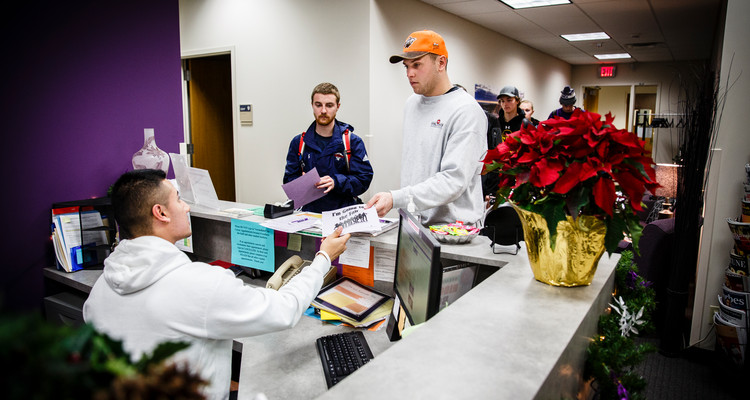With the close of the 2014-15 school year, college students across the country left their classrooms and ventured out to wile away the summer months. An increasing percentage of them dedicate that time to an internship – many of them unpaid – in hopes of gaining the valuable experience employers look for in hiring full-time positions.
More and more internships have gone – as St. Thomas Career Development Center’s Jennifer Rogers put it – “from nice to have to must-have … in the last decade.” Many larger employers now look at two internships as a normal requirement for a college graduate applying to their company, and more internship opportunities are opening up to sophomore-level students, Rogers said.
Employers with most internships reported by 2014 grads:
St. Thomas (45)
3M (21)
State of Minnesota (13)
UnitedHealth Group (7)
Anderson Corporation, Best Buy and Target (6)
Clear Channel, and North Star Resource Group (5)
Honeywell, Minnesota Children's Museum, Morgan Stanley, Northwestern Mutual, RSP Marketing, and Wells Fargo (4)
That’s just the latest step in the evolution of internships for college students over many decades. Throughout the Great Recession the workforce saw an increase in unpaid internships, a practice governed by the Labor Department but, as Rogers said, “saw many for-profit companies offering unpaid internships and really taking advantage of people being desperate.”
When done correctly unpaid internships represent the chance for students to gain valuable experience. Six criteria guide the legal requirements for private sector companies to legally have unpaid interns, which center mostly on the intern getting the majority of the benefit from the working relationship. A series of lawsuits starting in 2013 raised awareness of misuse by companies with unpaid interns, and since then employers have increased their efforts to better manage their practices or work out some financial compensation for interns’ time, Rogers said. (The CDC’s internship opening database currently shows a nearly 50-50 split between paid and unpaid internships, down from a 60-40 split of unpaid internships during the Great Recession, Rogers said). Many unpaid internships have shifted to part time, she added, as employers realize the need for students to also work paid jobs in the summer.
Percentage of students reported having an internship while at St. Thomas
2014: 62.75 percent
2013: 60.19 percent
2012: 56.44 percent
2011: 56.44 percent
2010: 58 percent
2009: 56.11 percent
It’s a balance that will undoubtedly continue to be negotiated as experience remains a huge factor for employers. St. Thomas students join the rest of their college peers in seeking ways to gain it, whether through paid or unpaid internships, or connecting other work experiences to their desired career field. The CDC’s First Destination Survey (formerly the Post Graduation Survey) continues to bear out an increasing trend in students prioritizing internships, and Rogers said more (and younger) students come to the CDC for help securing them. Based on the class of 2014’s rate (62.75 percent of responding graduates said they had an internship while at St. Thomas), the search for experience isn’t going anywhere soon.







